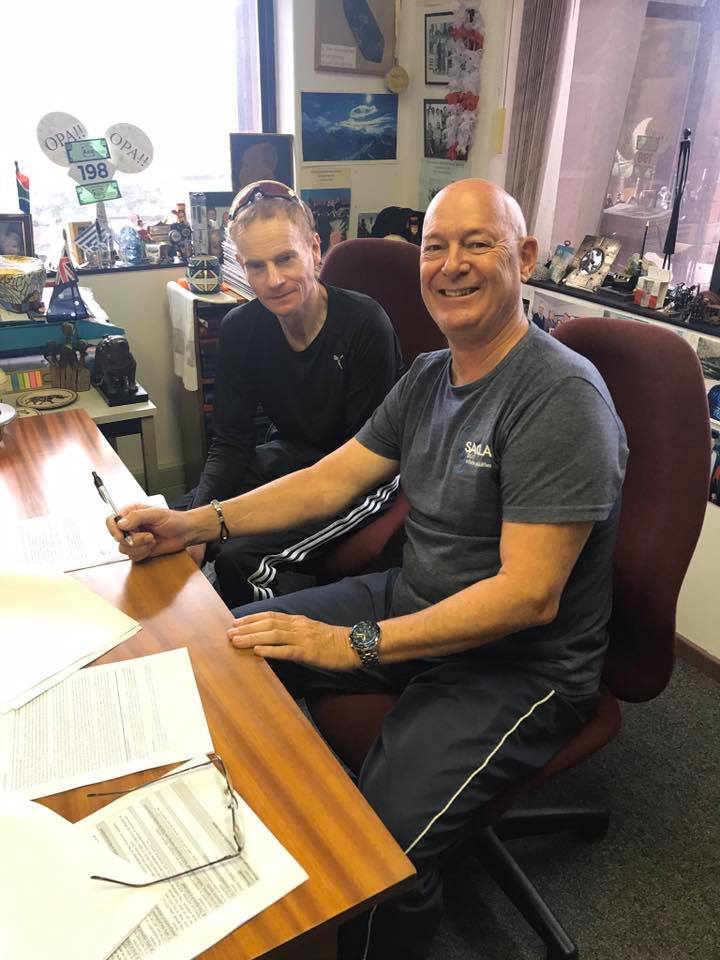Now at 55 years of age, Mr Munro has received his PhD in computer science, 37 years later, again under the supervision of Prof Calitz, who was also involved with his honours and supervisor of his master’s degree.
“We have walked a long road together,” says Prof Calitz.
“I believe in never stopping learning new things. I think of the brain as a muscle, which needs to be used to continue growing”, Dr Munro says when asked about why he waited so long to do his doctorate.
The title of his thesis is “Patterns and pattern languages for mobile augmented reality”. It provides guidelines and guidance for the design of Augmented Reality applications that run on mobile phones and tablets.
Augmented Reality (AR) lets you combine the real world seen through the device camera with computer-generated objects, such as 3D objects or text labels possibly describing real-world objects that are visible, says Prof Calitz.
Dr Munro developed a pattern language for mobile AR that makes it easier and faster to produce AR applications.
Some examples include interior design, where you can 3D computer-generate furniture in a real room, games, for example, Pokemon, was a recent example, although it was fairly simple compared to some AR applications.
More serious examples include Google translate, which allows you to use your camera on the street or for other signs in a foreign language and translate them into your language, medical applications, where surgeons can view 3D objects or organs superimposed on a person and engineering and architectural applications.
It is also used in museums, for example, a visitor uses their mobile device and camera to view a painting, the AR application then retrieves information and overlays the information (combines it) with the picture being viewed.
Dr Munro works locally in the software industry, and previously worked in New York doing software development in the banking sector. He did his masters just before he went to New York in 2000.
Computing Science’s Dr Dieter Vogts was the co-promoter of this study.
